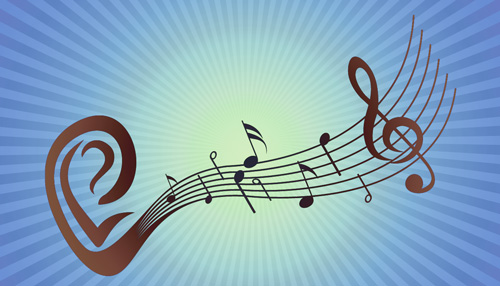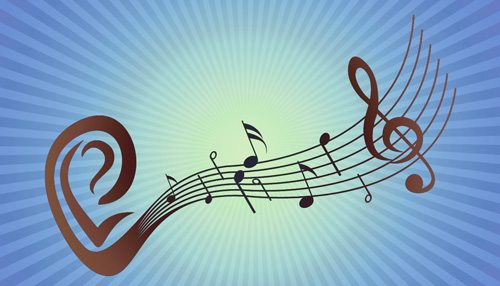Now that we’ve looked at what playing by ear is and how to learn to play by ear it’s time for us to stop and really work out where we each stand now in the journey to playing by ear. We’ll go on to look at some great ways to speed up the journey, but first things first: where are your ears today?
There are lots of different aspects to being able to play by ear, just as there are lots of aspects to any given piece of music. You’ll find that your own current ability in each aspect will depend on a variety of factors, including:
- Your musical interests – e.g. style, period, where and when you listen to and play music
- Your own instrument – singers are different from clarinettists are different from drummers
- How you’ve been taught – some teachers will include improvisation and playing by ear in instrument tuition or theory class (sadly most don’t!)
- How much you’ve chosen to practice – because the core way to improve at playing by ear is to do it!
It’s hard to draw a firm line between “playing by ear skills” and “aural skills” in general (and indeed between “aural skills” and general “musicianship”) and so what we’ll look at here isn’t intended to be an exhaustive coverage of the topic! But hopefully it will help you reach a clear, well-defined understanding of what you can do, what you can’t yet do and what you really want to do. Each of these three questions are equally important to consider! Many musicians focus only on the second (what they can’t do) and get disappointed and frustrated by the idea of playing by ear. By reminding ourselves what we can do and figuring out what we actually care about being able to do we can progress much more quickly and satisfyingly.

We’ll lay out some of the ‘levels’ of being able to play by ear – grouped into ‘melody’ (playing a tune), ‘harmony’ (playing chords or accompaniment) and ‘rhythm’ (imitating rhythms and playing in a suitable rhythmic style). Today let’s just focus on melody.
Remember that each of these could easily be unpacked into a whole progression of lessons and abilities! But hopefully this will give you an overall picture of where your playing-by-ear skills are today. And although we’ll provide examples, these are only to illustrate. This is for your own self-assessment, it’s not a test…!
As you read through, why not jot down your answers to:
- Can I do this?
(never, sometimes, always) - Do I want to be able to do this?
(a little, a lot, it’s my dream)
and any other notes about what you know you find easy, hard, fun, boring, and so on.
The goal is to build up a full profile of your current status when it comes to playing by ear.
Melody
In the simplest terms: ‘melody’ playing-by-ear skills mean being able to hear a tune, and repeat it back.
For each of the cases below, ask yourself:
- Could I sing this back right away?
- Could I sing this back from memory later on?
- Could I play this back on my instrument instead of singing it?
- How important is this skill to being the kind of musician I dream of becoming?
1. Simple isolated tune
Consider a simple melody without any other music. It could be one you know:
or one you don’t…
2. Advanced or atonal tunes
As above – but what if it’s fast or intricate?
What if it doesn’t fit a simple major or minor scale?
3. Tunes in a musical context
What about when you hear a melody in a musical context. Can you play this melody:
Could you play the vocal part of a song like this:
4. Background melody or harmony parts (in a musical context)
What about the background parts? Instrumental lines rather than the main (vocal) line?
Could you play the guitar fills in a song like this:
Could you play back each of the 3 vocal or violin parts in this wonderful Quebe Sisters Band arrangement?
So, what have you learned so far? Could you answer an easy ‘yes’ to everything above? If not, where did you start to struggle? Let us know in the comments below.
We’ll be continuing tomorrow with Harmony and Rhythm….







